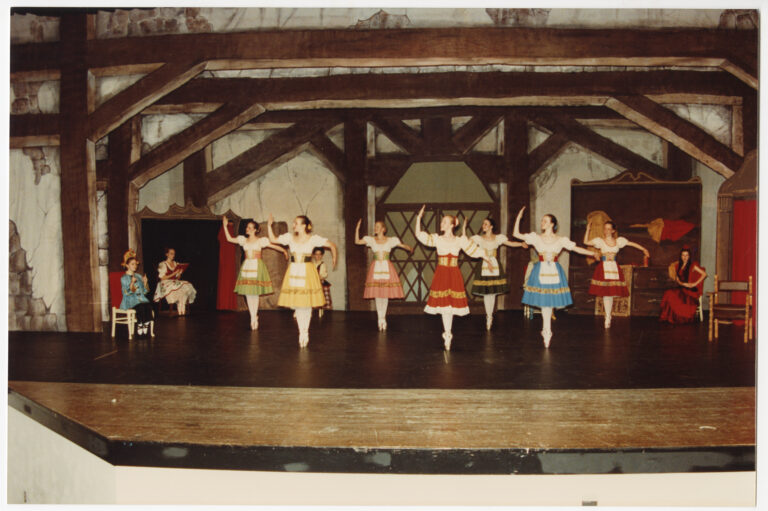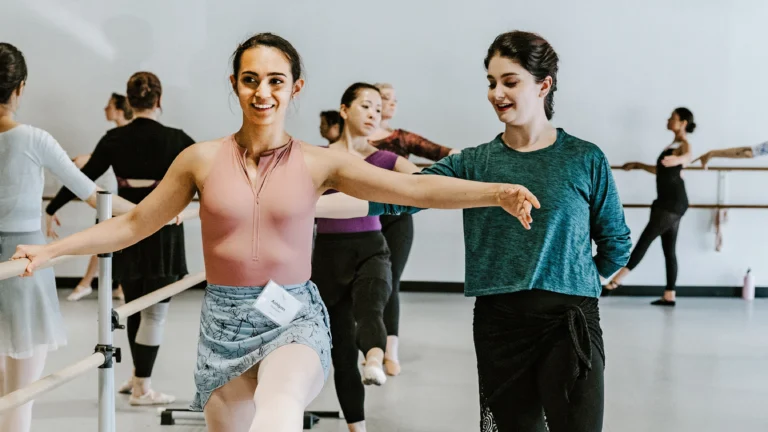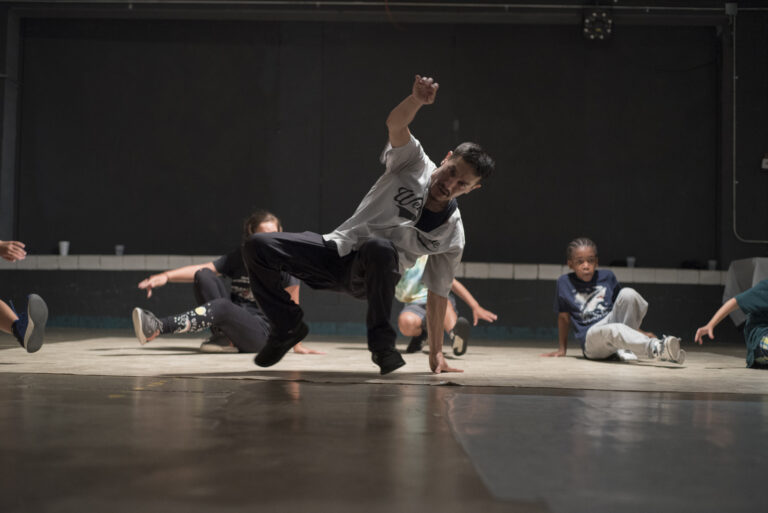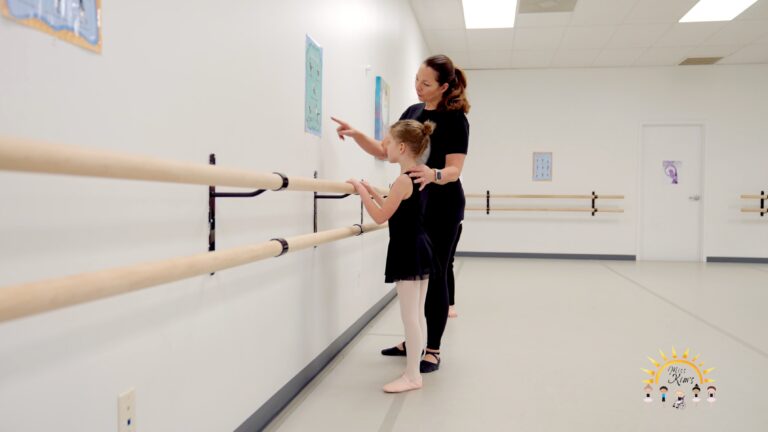
As COVID-19 forced state after state into some form of lockdown this spring, most studio owners realized right away that they needed to evolve quickly—or else watch their enrollment plummet. Online classes became the key to business continuity, but with so little time to adapt material to remote learning and train faculty members on new technology, there was little room for finesse. But that’s what Pam Simpson focused on first with her 600-student studio, Forte Arts Center, in Morris and Channahon, IL. She knew she needed to predict pedagogical issues that might crop up with Zoom dance education before they happened and offer solutions to keep students happy—and enrolled. And she knew the key to that was to invest in training her staff.
What Are the Sticking Points?
Simpson taught her first Zoom class—a free one for students—only 24 hours after making the decision to take classes online and just before her studio’s spring break. “I wanted to see what the platform would be like,” she says. “What would the sticking points be for teachers? Then I could make sure we trained them on that.” What she quickly realized was that she’d need to implement some basic sign language—hands on your head if you can’t hear the teacher, for example, or putting your arms in an X position to signal a request that the teacher stop and offer help—if she wanted her teachers to be able to teach effectively on Zoom.
Simpson also knew she’d need dedicated time with her staff before rolling out online classes to make sure they were at ease with and confident about teaching online. She met with her faculty over spring break for an hour and a half each day, offering technology, planning and communication tips. “We went through an outline of what a class should look like,” says Simpson. “Normally, you’re the only one talking. But we talked about the teacher spending five minutes welcoming students and then asking students to unmute their microphones and talk. Then the teacher could warm up the dancers and focus on that day’s big skill—but there would also be community time afterward.”
How Training Built Competence and Confidence
Simpson and her faculty discussed incorporating weekly themes, scavenger hunts, Jeopardy!-style dance games and online tools (a skill wheel that students could virtually spin, for example, and then demonstrate whichever skill they landed on) into classes. She offered fun ideas for each age group and created a spreadsheet of skills and class elements to avoid (no running or big leaps, for example). “We did some role-play, too,” she says. “We wanted to keep as many students engaged as we could—we wanted to stay in business.”
She sent the sign language guide to families just before the studio started Zoom classes. “We explained that this was how we were going to communicate with the kids,” says Simpson. “We asked parents to print it out and have it next to their devices for classes, for the next week or so. And we explained why we needed to do it, so that we could communicate effectively.”
In the end, Simpson’s foresight and finesse paid off. “We’ve only had four students withdraw,” she says. “The critical point for us was being prepared.”




